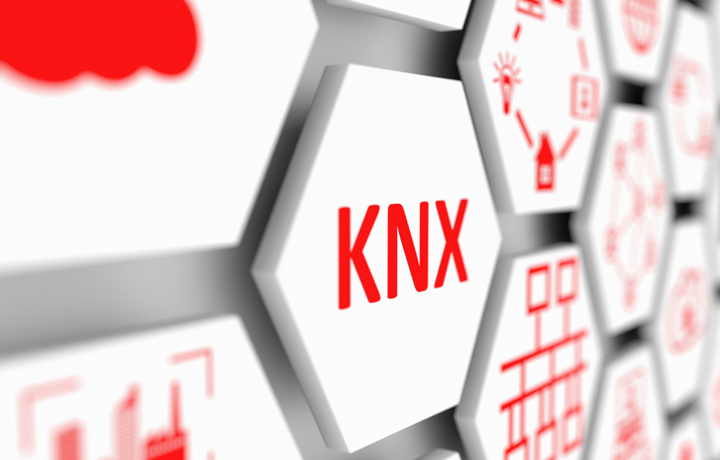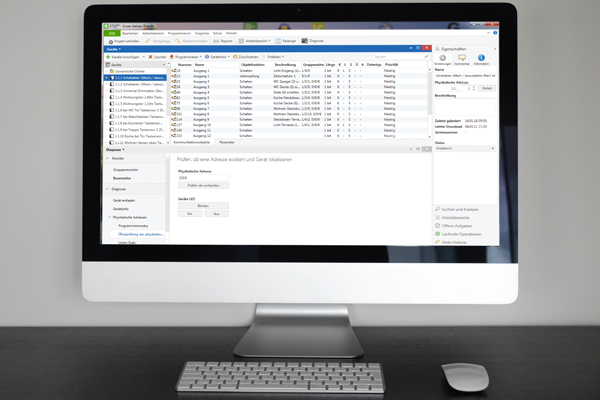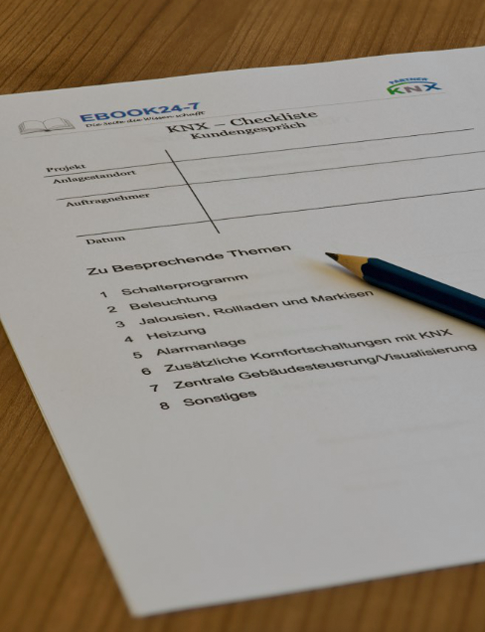Planning and Basics of KNX Programming
No house or building is built or created without planning by an architect. The situation is similar with the KNX system of a building. A well-planned KNX system saves the operator hassle and costs.

The key planning tool – checklists
During the planning phase, customer needs are determined and recorded in writing. Preferably in the form of a specification sheet or at least with a checklist. The forms included in the book are important tools
for good planning and documentation.
It is important not to look at the individual systems such as lights, heating, ventilation, safety and all others separately, but to link them together.
Only then can the benefits of a KNX system be fully exploited through energy savings, safety and convenience.
With a specification sheet or a checklist, you can proceed in a structured way and create the KNX program without having to make any major changes at a later stage. Based on the needs assessment, it is also possible to select the KNX devices that best meet the requirements.
Planning includes:
• Detailed customer talks
• Determining the required function
• Determining the required bus participants
• Creation of checklists.
After planning
The actual programming of the KNX system can only begin after the customer has approved the plan. This shows how well the previous plan was drawn up. The better it is, the faster the programming can be completed.
Completion of the programming and commissioning is followed by the builder’s acceptance. Despite good planning, changes might still come up. These can still take place during the acceptance period, whereas major changes may still need some preparation or redesign.
CONTACT



